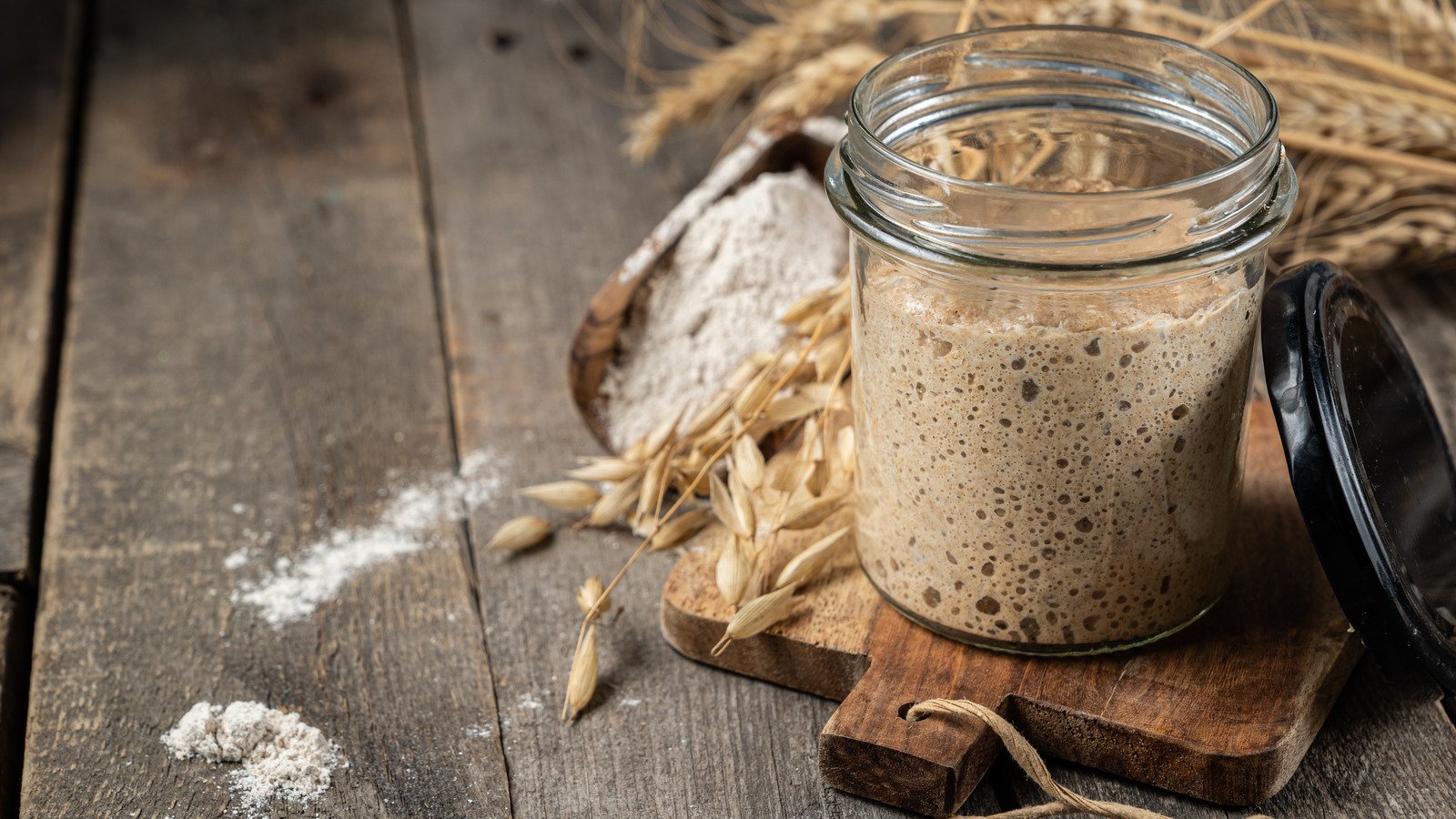The Reason Your Sourdough Starter Might Be Failing
Are you an aspiring bread baker trying to create the perfect sourdough loaf? If you’ve been working with a sourdough starter and finding that your loaves aren’t turning out as planned, there might be a few reasons behind this disappointment. In this article, we will explore six common issues that can cause a sourdough starter to fail, and provide you with some tips to help troubleshoot and revive your starter.
1. Insufficient Feeding
One possible reason for a failing sourdough starter is not feeding it enough. Sourdough starters are living organisms that rely on a regular supply of food to stay healthy and active. If you are not feeding your starter frequently enough or not giving it the right proportions of flour and water, it may struggle to develop and maintain the necessary strength and activity.
To ensure your starter thrives, feed it at consistent intervals with equal parts of flour and water. For example, you can feed your starter with 100 grams of flour and 100 grams of water every 24 hours. Adjust the feeding schedule and ratio based on your specific starter’s behavior and ambient temperature.
2. Using Inactive or Weak Flour
The quality of the flour you use to feed your starter can greatly impact its success. Inactive or weak flour, such as bleached all-purpose flour or low-protein flour, may not provide enough nutrients or strength for your starter to thrive. This can result in a weak, sluggish, or even non-reactive starter.
Switching to a high-quality, unbleached, and organic flour, such as bread flour or whole wheat flour, can make a significant difference. These flours contain more natural enzymes and nutrients that promote fermentation, leading to a more active and robust starter.
3. Insufficient Temperature Control
Temperature plays a vital role in the fermentation process of sourdough. If your starter is consistently kept in an environment that is too cold or too warm, it may struggle to maintain the appropriate level of activity.
For optimal results, keep your starter in a warm spot, around 70-75°F (21-24°C). You can use a thermometer to monitor the temperature or even consider using a proofing box or an oven with a light turned on to provide a consistent and controlled temperature.
4. Neglecting Proper Hygiene
Hygiene is crucial when it comes to maintaining a healthy sourdough starter. Neglecting proper hygiene practices, such as not keeping your utensils, containers, or hands clean, can lead to the growth of unwanted bacteria or yeast strains, which can overpower and spoil your starter.
Make sure to wash your hands thoroughly before handling your starter and use clean utensils and containers. Additionally, consider periodically discarding a portion of your starter and refreshing it with fresh flour and water to prevent the buildup of harmful organisms.
5. Overfermentation
Overfermentation occurs when a sourdough starter is left for too long without being refreshed. This can result in an excess of acidic byproducts, weakening the gluten structure and hindering the starter’s ability to produce the necessary gases for proper rise and texture in your bread.
To avoid overfermentation, establish a regular feeding schedule for your starter that maintains its health and vigor. If you know you won’t be able to feed your starter regularly, consider storing it in the refrigerator to slow down the fermentation process.
6. Using Chlorinated Water
Another surprising factor that can cause a sourdough starter to fail is using chlorinated water. Chlorine is often added to tap water to kill harmful bacteria, but it can also inhibit the growth of beneficial bacteria and wild yeast in your starter.
If you suspect that your tap water contains chlorine, you can let it sit out overnight or use a water filter to remove the chlorine before using it to feed your starter. Alternatively, using bottled or filtered water can ensure there are no harmful chemicals interfering with the fermentation process.
Conclusion
A sourdough starter can sometimes be a finicky companion on your bread-baking journey. However, by understanding the potential reasons behind its failure, you can troubleshoot and revive your starter with confidence. Remember to feed your starter regularly, use high-quality flour, maintain proper temperature control, practice good hygiene, prevent overfermentation, and avoid chlorinated water. With patience and persistence, you’ll soon be baking delicious and tangy sourdough loaves to perfection.
*Source www.foodrepublic.com




































